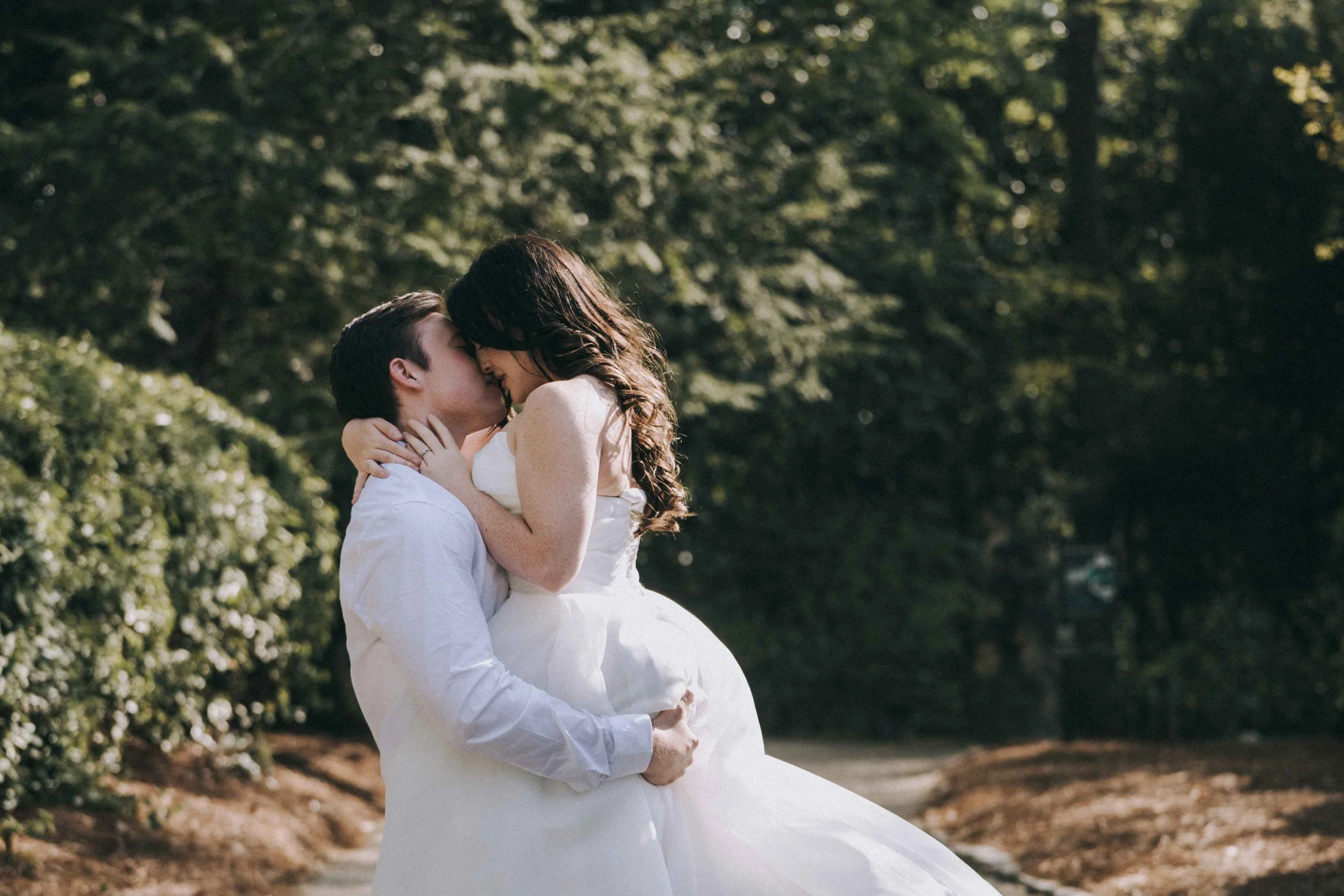Uluwatu Sunset
Wedding Photographer
Caz Isaiah | Vogue-published photographer revealing atmosphere where cliffside shadow opens into burning gold
along the edge of the sea.
Uluwatu Sunset
Wedding Photographer
Caz Isaiah | Vogue-published photographer revealing atmosphere where cliffside shadow opens into burning gold along the edge of the sea.
The Edge Before the Light Falls
Uluwatu at dusk feels like a held breath — the kind that settles into your chest before anything unfolds. The cliffs glow with a slow-burn warmth, their edges softened by wind curling up from the water. You can taste salt in the air before you hear it, a low pulse echoing from far below. The sky shifts in quiet gradients: amber sliding into rust, rust into muted violet, all of it wrapping the limestone silhouettes in a thin layer of fire. An Uluwatu sunset wedding photographer works inside this tension — between the heat of the day fading and the cool rush of evening rising. Everything around the moment feels suspended, as if the island is exhaling just long enough for emotion to stand still. Light falls with intention, never rushed, always cinematic.

When the Horizon Turns to Glass
As the sun drops lower, you begin to see how Uluwatu shapes its own geometry. The cliffs become vertical canvases of shadow and reflection, the ocean flattened into a sheet of glass that catches every shifting hue. People move differently here — slower, quieter, aware of the gravity of the light. The atmosphere thickens in a way that makes every step feel part of a larger rhythm. Textures layer together: the rough limestone walls, the smooth flow of fabric caught by the wind, the soft coolness of late-afternoon shadow. You watch colors stretch across surfaces as if drawn by a hand you cannot see. This is where the keyword finds its meaning — not in posed perfection, but in the living interplay between body, rock, and horizon. By the time the last sliver of sun dissolves into the sea, the air tastes different, charged with a cinematic stillness only Uluwatu can summon.
Designing the Light
Uluwatu’s atmosphere carries its own logic — one that blends instinct with practical rhythm. The cliffs, the wind, the late-horizon glow… they all influence how the moment forms. This section guides that blend of beauty and intention.
Best Time / Light & Season
Uluwatu’s late-afternoon window is the most cinematic. The golden edge sweeps the cliffs between 4:45 and 6:10 PM, creating warm directional light that sculpts faces and silhouettes. Dry season brings clarity and long-burning sunsets; shoulder season often adds soft haze that deepens the sky’s gradients. Avoid high noon — the vertical sun flattens texture and heats the stone.
Top Locations or Settings
The cliff paths around Melasti, the terraces beside Karang Boma, and the open plateaus near the temple reveal different moods. Some offer a quieter horizon line; others catch the full arc of the sun as it drops. Look for limestone walls that reflect warm tones upward, and elevated points where the water mirrors the sky.
Planning & Logistics
Uluwatu requires timing: traffic slows the approach, and the terrain can be uneven. Wear shoes you can move in until the last moments. Keep hair and fabric ready for wind — it becomes part of the aesthetic. Arrive early enough to scout where the sun will fall; the cliffs shift dramatically with even a few minutes of change.
Styling & Experience Tips
Neutral tones blend beautifully with the earth palette — linen, soft ivory, muted sand. Avoid heavy patterns; Uluwatu’s textures are already strong. Lighter fabrics move beautifully in the wind, giving the frame a sense of motion. Bring water, stay shaded when waiting, and step into the light only when the sky begins its descent.
Caz Isaiah’s Perspective
I work with the cliff’s rhythm instead of against it. I let the wind dictate direction, the sun determine distance, and the horizon guide silence. Uluwatu rewards stillness and movement equally — it’s simply about knowing which one the light is asking for in the moment. The cliffs always whisper their own timing; I just shape the frame around it.
One last breath of light glows along the limestone before evening arrives.

When the Wind Softens into Fire
There is a shift you can feel before you see it — a cooling wave that moves through the air while the colors around you intensify. This is the emotional hinge of an Uluwatu sunset wedding photographer’s work: the moment when vibrant gold gives way to embers, and everything feels closer, more intimate. Shadows deepen but never swallow the frame; instead they form a cradle for the final burn of color. The island quiets, the wind slows, and connection becomes unmistakable. As the last line of sun disappears, the sky stretches into purples and slow-burning red. It feels like standing inside a memory being written in real time.
The Rhythm Behind the Lens
Movement in Uluwatu has its own cadence — a circular pull between the sea and sky. When I photograph here, I respond to whatever the cliffside offers: a gust of wind that lifts fabric, a sliver of light knifing through rock, a quiet pause untouched by sound. I lean into the chaos of the breeze and the precision of the sun’s final descent, letting both shape the frame. My approach remains instinctive — following where emotion gathers, not where structure demands. Every moment here feels alive, sculpted by wind and flame. The cliffs make their own weather, and I simply listen.

About Me
I am Caz Isaiah — a Bali Wedding Photographer, devoted to cinematic storytelling shaped by light, rhythm, and emotion. Each scene I capture reflects both atmosphere and truth — moments that feel alive, grounded, and eternal. My work blends refined direction with intuitive presence, preserving connection in its purest form.
Explore more of my stories on my About Me page.

